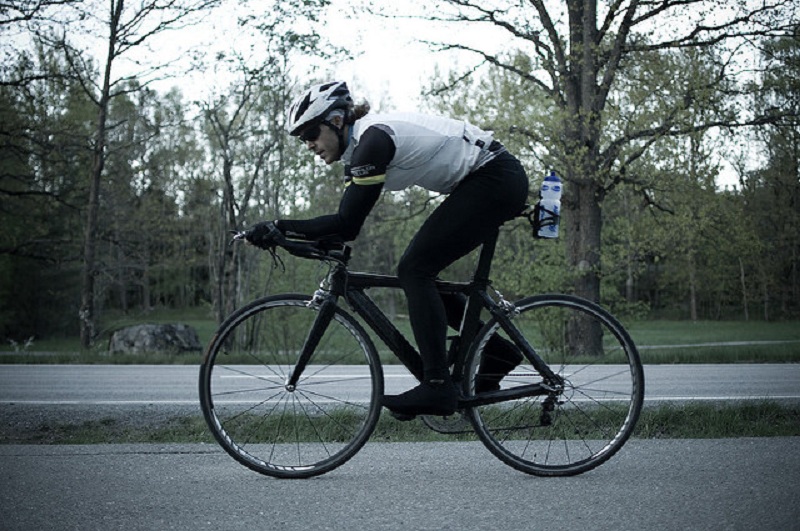So you’ve taken up cycling as your new hobby, good job! Before getting out on the roads, you have to undergo training. The roads of the UK are chaotic and there’s a good chance of sustaining an injury if you’re not properly trained. Cycle training UK isn’t expensive and doesn’t take up much of your time. Here are some of the things you’ll learn about during your training.
Choosing a Bike
Let’s assume you’re a total beginner. The first thing you need is a bike. They’ll teach you how to choose a bike. For most trips around a city in the UK, you can use practically any roadworthy bike. Biking in rural areas and across more dangerous terrain will require a specialist bike, though.
They’ll also teach you how to decide if your bike is ready for the roads. It’s easy to miss common bike problems, such as a loose or unoiled chain. Part of being a trained cyclist is about avoiding issues before they have a chance to manifest themselves.
Safety
Cyclists are seriously injured and killed every year in the UK. This shouldn’t put you off. Nearly all of these deaths were caused by cyclists who didn’t follow the rules and took unnecessary risks. During your training, you’ll study cycling safety and how to reduce the chances of something tragic happening.
These are some of the things training will touch upon:
- Making sure you’re both seen and heard from a distance.
- Obeying the Highway Code.
- Wearing proper safety gear.
- Staying alert.
- Noticing hazards.
First Trip
The chances are you haven’t ridden a bike since you were a child, if at all. The first trip during training won’t put you in the middle of a busy London street. You’ll be in a park or a car park or some other safe area. Outside of training, it’s wise to find an empty car park and get used to moving and turning.
Your first few trips focus on riding safely and learning how to turn, brake, and accelerate. You’ll also learn about some of the basic traffic rules.
Signalling
Even if you’re an experienced cyclist with years of riding behind you, you need to know about signalling and how to use it. No written guide can substitute for a live demonstration. Proper signalling is essential for letting other drivers know what you’re about to do. Think of them as indicators for your bike.
Trainers show students the basic hand signals and how to make it clear to other drivers what you’re doing and what you’re going to do next.
Test Run
Before graduating from your training course, you’ll go for a trip in the real world. This means you’ll ride along with both the traffic and general public. This test run examines how well you’ve grasped everything and whether you need more practice before you’re deemed safe to ride on your own.
Cycle training UK is there for everybody. Even if you’ve undergone training before there’s nothing wrong with coming back for more. There are refresher courses available.



